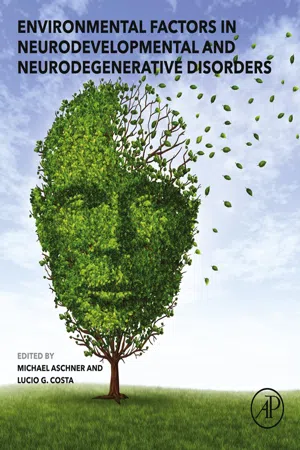Classification
A wide variety of clinical and pathological conditions can generally be classified as “neurodegenerative diseases.” Typical examples are diseases such as Alzheimer’s disease (AD), Parkinson’s disease (PD), Huntington’s diseases (HD), amyotrophic lateral sclerosis (ALS), and spinocerebellar ataxia; in each case, a progressive degenerative process cripples neuronal function, disables synaptic transmission/brain circuitry, and ultimately leads to neuronal death and brain atrophy. The prevalence of these disorders varies quite significantly. AD is the most prevalent, affecting greater than five million people in the United States alone [1]. PD is the second most common, with an estimated 600,000 to one million US patients [2]. Other neurodegenerative diseases are relatively rare; for example, HD affects only approximately 40,000 individuals in the United States [3].
Historically, neurodegenerative diseases have been recognized and defined based on relatively late pathological and clinical manifestations, examples being the widespread presence of amyloid plaques in the postmortem AD brain and the occurrence of frank dementia in AD patients. Major efforts over the past two decades have instead focused on the identification and characterization of early events in the disease process associated with neuronal dysfunction rather than neuronal death (e.g., loss of synaptic plasticity), and with subtle clinical signs (e.g., mild cognitive impairment). Several considerations justify this new interest. A clearer understanding of early degenerative processes would be fundamental to unraveling temporal and causal relationships between molecular, cellular, and pathological changes at disease onset and during disease development. For example, it could shed light upon mechanisms of selective vulnerability by which distinct neuronal populations are targeted during the development of each neurodegenerative disease. Investigations into early pathogenetic events will likely contribute to the identification of disease biomarkers that could be used for diagnostic purposes and for assessing pathological and clinical progression. Finally, a primary yet unmet goal in the field of neurodegenerative diseases is the implementation of preventive public health measures and development of therapeutic strategies capable of halting or at least slowing the disease process. Disease-modifying intervention (i.e., therapeutic approaches that not only affect symptoms but are capable of counteracting the disease process itself) would be most effective if initiated as early as possible, and should therefore target incipient neurodegenerative changes.
The shift of focus from neuronal death toward neuronal dysfunction and network abnormalities bears important implications, not only from pathogenetic and therapeutic standpoints but also from a nosological one. It is foreseeable that in the near future the boundary between “classic” neurodegenerative diseases and other neurological disorders will become less stringent, and be replaced by a more continuous spectrum of diseases that albeit distinct from each other, share similar pathways and mechanisms of neuronal perturbation. An intriguing example of mechanism-based disease associations is given by recent findings linking AD to epilepsy. AD patients are at higher risk for seizures, and the occurrence of seizures in AD patients is associated with more severe symptoms, more rapid disease progression, and greater neurodegenerative changes at autopsy [4,5]. Experimental studies are also consistent with aberrant neuronal firing being a feature shared by AD and epilepsy; in the former, increased network excitability may represent an early pathogenetic event causally linked to synaptic deficit, and ultimately cognitive dysfunction [6].
Mechanistic Clues
The importance of studying early manifestations of neurodegenerative diseases is also evident when it comes to disease risk factors, since environmental conditions and genetic variations could modulate clinical and pathological signs of these diseases, particularly during their initial development. A recent example is the finding of a relationship between occupational exposure to solvents and cognitive deficits, which may represent early manifestations of or predisposal to the development of AD-like neurodegenerative changes [7]. A corollary to these emerging concepts is that a great deal of interest over the past decade has been directed toward the identification of molecular mechanisms likely to be involved in early pathogenetic processes. It is not surprising, in this respect, that both experimental and pathological investigations have focused on an intriguing feature common to most neurodegenerative diseases, that is, the intra- or extracellular accumulation of disease-specific proteins into insoluble aggregates. Proteins include (1) β-amyloid and tau that form senile plaques and neurofibrillary tangles, respectively, in AD; (2) α-synuclein, which is a primary component of Lewy bodies and Lewy neurites in PD; (3) polyglutamine-rich huntingtin, which...
